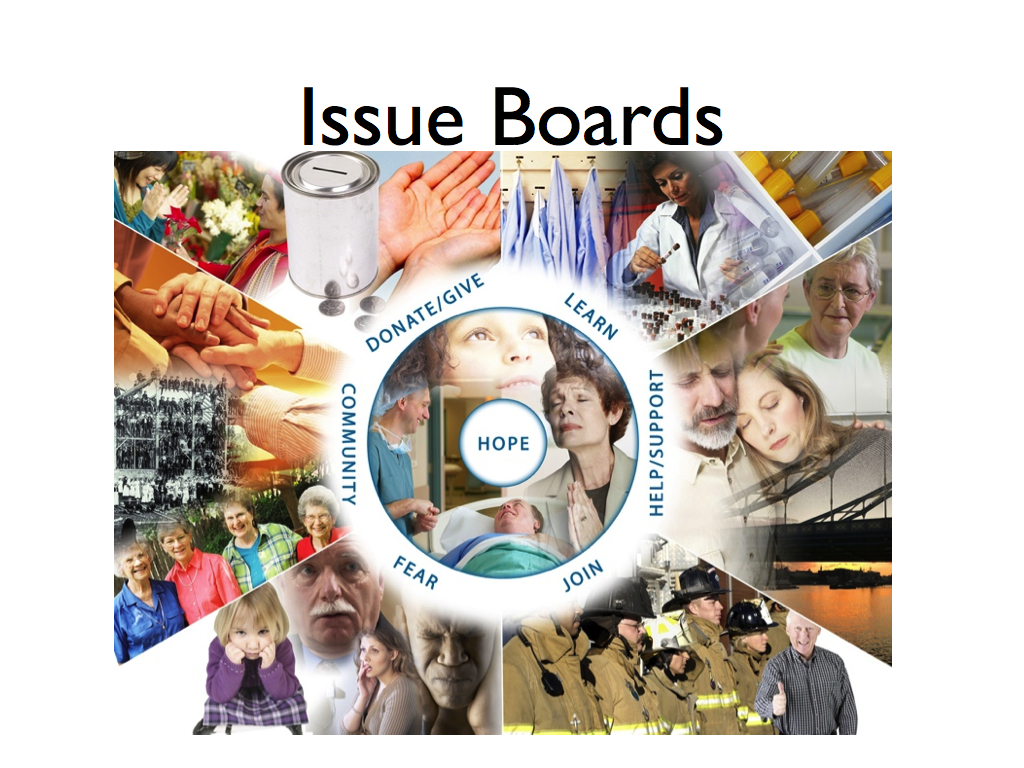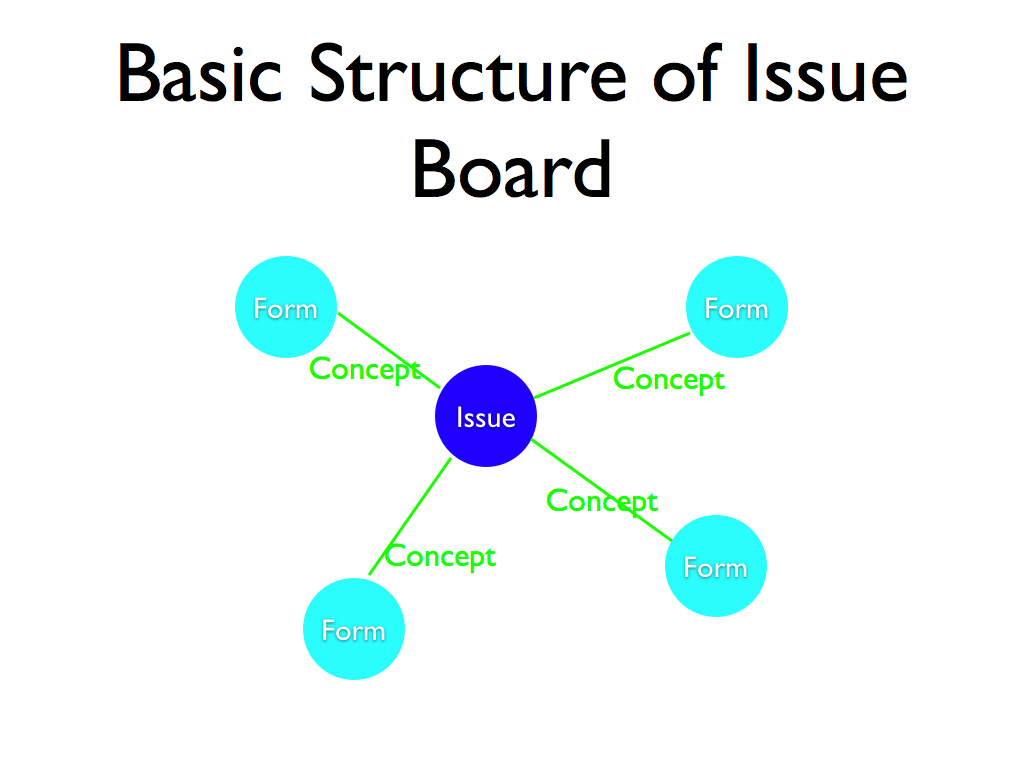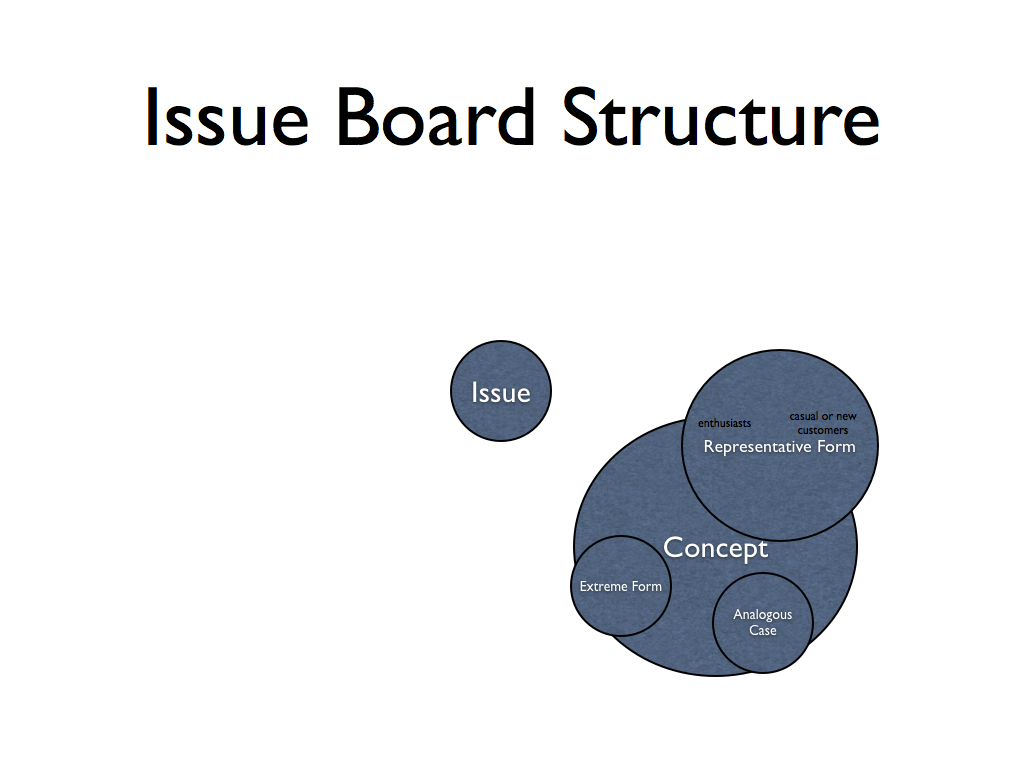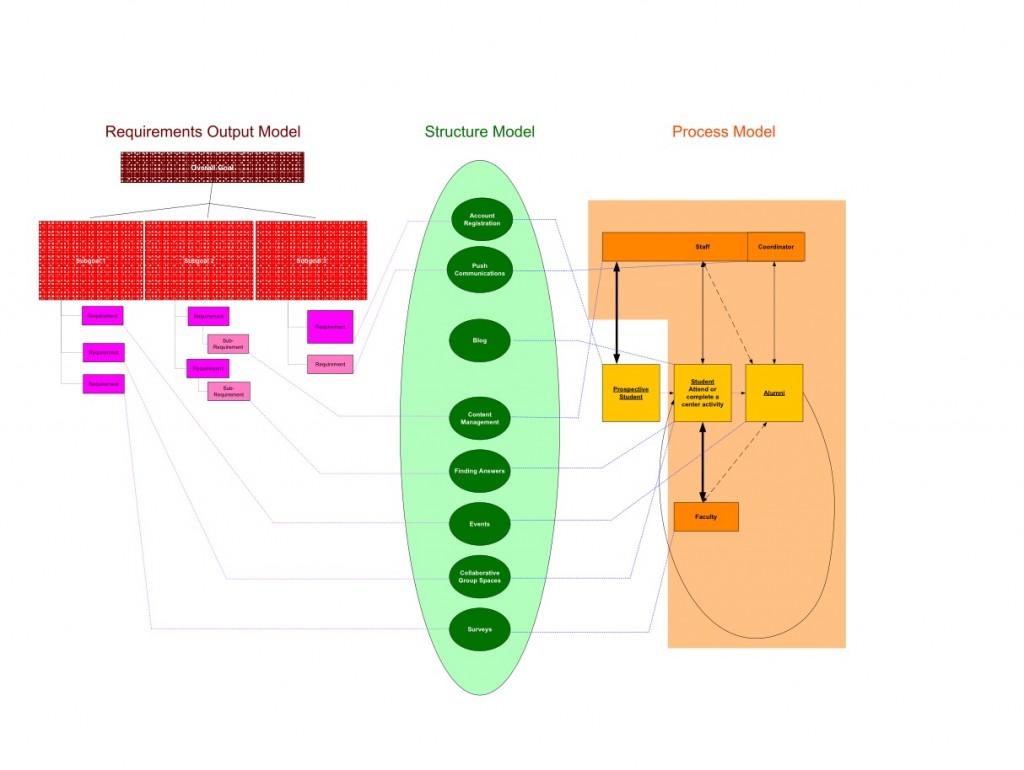Here is a link to a video of Matthew Milan of Normative interviewing me about Innovation Parkour.
Below is transcript of this segment of the interview
Matthew:
So you went in and did this on your own with another group. What did you try to improve with the practice of this method.
Dennis:
Well, I am a big believer in the concept of requisite variety. If we would task you all to go an invent a better fork. And you would go back and say “Oh yeah, it has 4 tines, let’s put 5 tines on it, let’s put 6 tines it.” That is a simplistic way of innovating. “Oh, you can eat more food. You can eat it faster. Isn’t that great!” But if you know lots of different ways of going about doing something such as you can do it with chopsticks like the Chinese. The Ethiopians eat it with flat bread. Royalty don’t eat at all, some one feeds it to them. Having that extra variety of approaching a problem and of seeing what the solution is allows us to innovate even more.
So I see the innovation parkour as a way to explore and to practice in a safe environment or a less non-risky environment, many ways of seeing or being creative. And it is having those obstacles are key to that experience. That is why you are taking about JJR (Jean-Jacques Rousseau) “living in chains, born in freedom” (which I paraphrased from the original “Man was born free, and he is everywhere in chains”). That we always live within walls. Most of the walls we live in are, if we would start walking to them, it would take our lifetime plus one day to get there. We are not going to get there. So we have to artificially bring these walls together just like wall-walkers. You know if you bring two walls close enough together, you can shimmy up them with both of your legs and rise to the top. How do we find these obstacles and bring them close enough so we can think about things in new ways.
And the walking around and being together with people and going to these different places, you know the existentialist standing-up of the essence with you and people working together is like an epistemic game where these people together, they don’t have each answer all them-self, but working together in a group they are able to bring for some how some reason their tacit knowledge starts to come out and come together and the solutions are absolutely incredible. Its based on collaboration, people coming together, each having maybe part of the solution or part of the idea and then not just the people, but the different places or spaces in which they are playing. That comes up. And going around to these places, you can’t “imagine” the stereotype of what that monument is. That is just too easy, you are going to the actual place, you see what’s there, what works, what doesn’t, and it’s in your face.
So I think that aspect of being there in person and working with the other people, both combine incredibly to allow us to do design thats not the synthetic logical thought of first this step and then this step kind of a recipe, but it’s something of you are opening up the refrigerator door and saying ‘What’s for dinner with what you have.”



